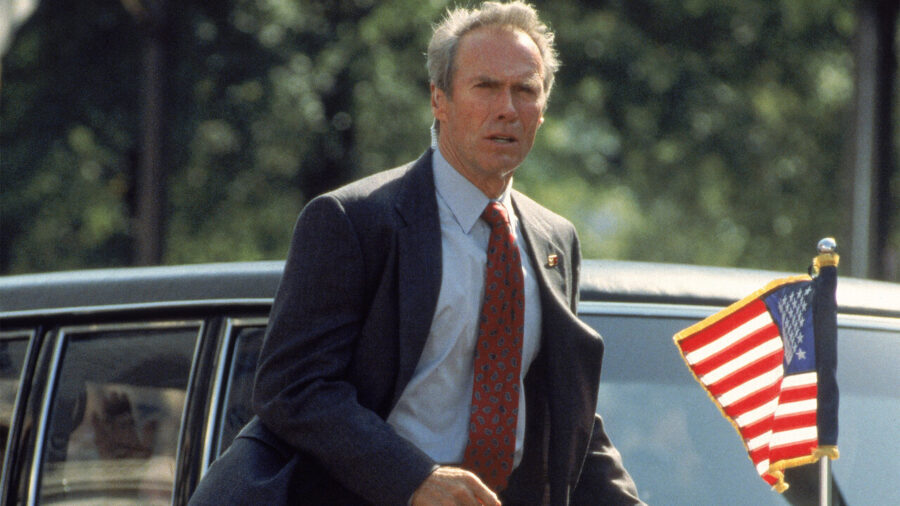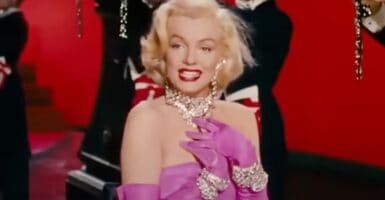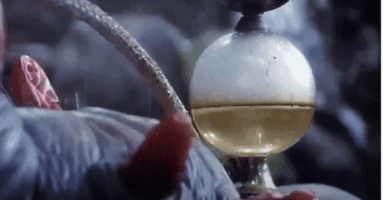How Clint Eastwood Legalized Ice Cream
Well, thank God Clint was there.

Most of the world sees Clint Eastwood as an iconic actor and director, with a persona tied to either Dirty Harry or Walt “Get Off My Lawn” Kowalski from Gran Torino. To the residents of a small town in California, however, Eastwood is known “Mayor Eastwood,” the man who legalized ice cream. If you didn’t grow up in the 1980s, you likely aren’t aware of Eastwood’s brief foray into public office and the ice cream debate, a story so strange that you’ll wonder why it hasn’t been made into a movie. Perhaps the most shocking part of the story is Eastwood actually did a great job during his brief, two-year stint in office, according to Mental Floss.
Carmel-by-the-Sea (commonly called Carmel) is a tiny, exclusive town on the California coast, just south of the San Francisco metropolitan area. Known for decades as an artists’ enclave, the town only occupies about a square mile of actual land and numbers about 3,000 residents. Clint Eastwood had lived there since his early days as an actor, but after a zoning dispute made him aware of the town’s antiquated way of governing, he decided to switch careers. He ran for mayor on a platform of modernizing local government. He really didn’t need a campaign issue: local residents got Eastwood fever, eager to elect “Dirty Harry” as their mayor. He was easily elected on April 8, 1986, and donated his $200-a-month salary to the local youth center. He set about changing how Carmel operated, overturning a series of odd regulations, including one that outlawed ice cream cones in public. In this interview with Maria Shriver from December of 1986, Eastwood reflected on his time in office to that point, and the response to his campaign.
Carmel was famous for its defiant stand against modernization, including refusing to put up street signs (residents had to travel to their local post office to pick up their mail). Upon election, Clint Eastwood tapped into his anti-establishment movie persona to make sweeping changes, including firing all four members of the city planning board who refused to repeal the ordinance banning ice cream cones in town. Eastwood worked to allow more commercial development and modernized city infrastructure, while still maintaining the Carmel’s small-town feel. The town still maintains a welcome balance between small-town charm and modern amenities. A local animal sanctuary and hotel resort, Mission Ranch, stands to this day because Eastwood used $5 million of his own money to save it from developers.
Clint Eastwood only served for one term as mayor, choosing not to run again, but it was a memorable two years in office. Tourism exploded, as outsiders discovered Carmel’s natural beauty and historic local missions. The town even had its own “Clintsville” gift shop, hawking t-shirts and mugs with the mayor’s face on them. Adding to the strange atmosphere, one of Eastwood’s most memorable films actually premiered while he was office. Heartbreak Ridge opened in December of 1986, making him perhaps the only mayor in U.S. history to have the #1 movie in America while still in office.
While in office, Clint Eastwood managed to expand the public library, encourage modest commercial development, and even added more public restrooms. He also started filming his next Dirty Harry movie, The Dead Pool, which opened in 1988. When working, he often flew back into town to take care of local government business and attend weekly city council meetings. After serving in office, he went back to his movie career, which included making his Oscar-winning classic Unforgiven in 1992. He never ran for political office again, although he does dabble in political activism. He endorses candidates both Democrat and Republican, and is currently a registered Libertarian. In 2012, he backed Mitt Romney for President, appearing at the Republican National Convention that year, where he famously compared Barack Obama to an empty chair.












